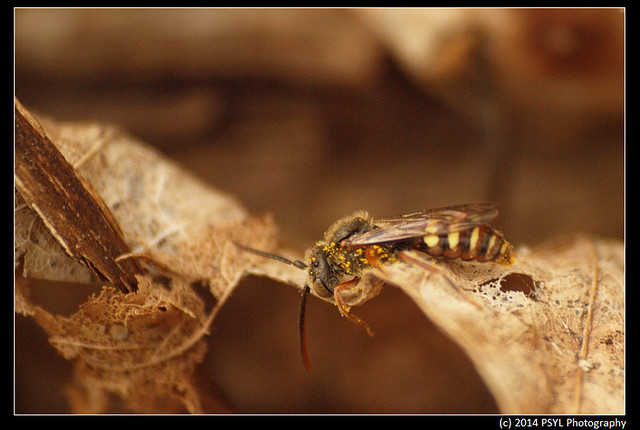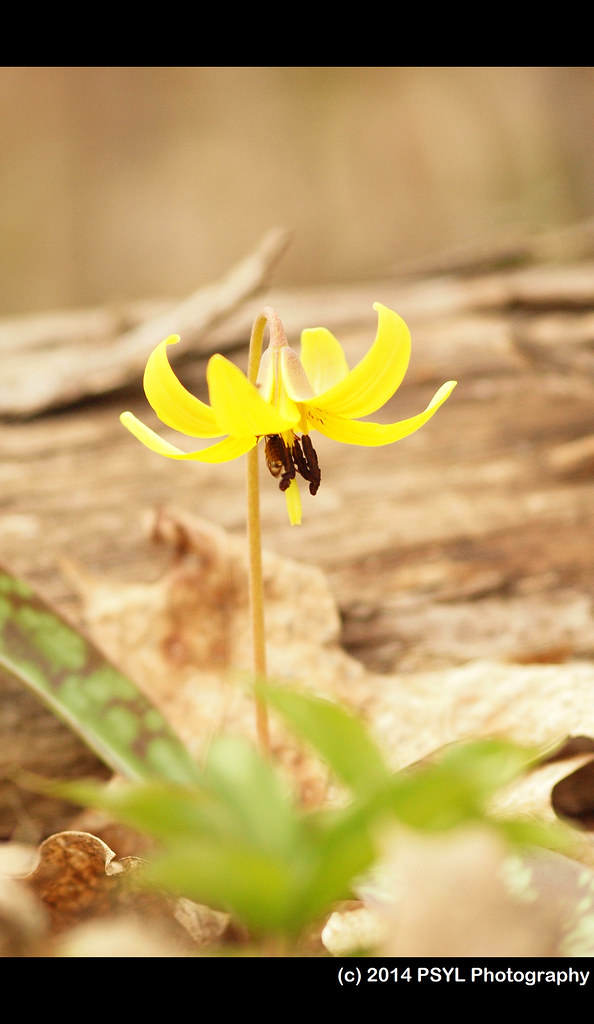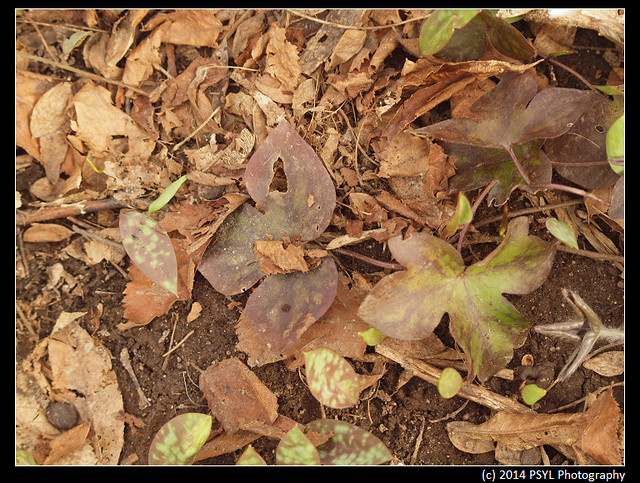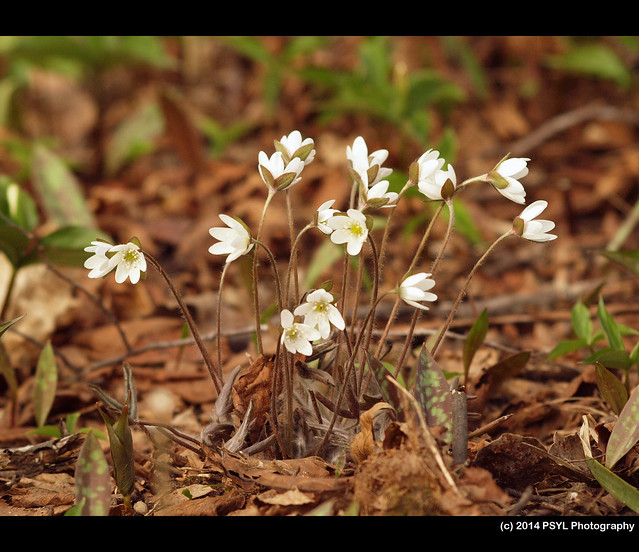The first thing that caught my attention was a wild Nomada bee (as oppose to the honey bees observed more than two weeks ago) with yellow pollen on its body!
And this bee flew to a flowering Trout-lily (Erythronium americanum). Based on my ROM field guide, the anthers "may be yellow or reddish brown", as seen in my three photos. Should I assume yellow anthers meant the flower is more mature and ready to release pollen, or is it the opposite?
Another Nomada bee visiting another Trout-lily.
Such a pretty flower.
The second flowering species was Sharp-lobed Hepatica (Anemone acutiloba).
I know it's a Sharp-lobed hepatica because of the three large-pointed lobes on the leaf.
Another view.
Close-up. Also a very simple but pretty flower.
Lastly, while I was walking around looking for other flowering species, I realized some yellow spots on this purple plant. And when I looked closer, I realized they were flowers, and it was not a species I recognize. The plant has purple-green flowers with six sepals (and six reduced peals at the base of the sepals) and alternate compound leaves.
After searching through my guide, I realize it is a Blue Cohosh (Caulophyllum thalictroides). The common name blue cohosh is also shared by a related species C. giganteum, which has larger purplish flowers and blooms earlier in the spring; but both species can be found in the same location, so I am not too certain of my species identification. Nonetheless, it was definitely a new species for me.
There were also white trillium in the woods, but they were not ready to flower just yet.
An American Robin singing good-bye to me as I exit the woods. I am going to try and visit this place again during the weekend and/or next Monday to record the changes. Such an exciting time of the year!












No comments:
Post a Comment